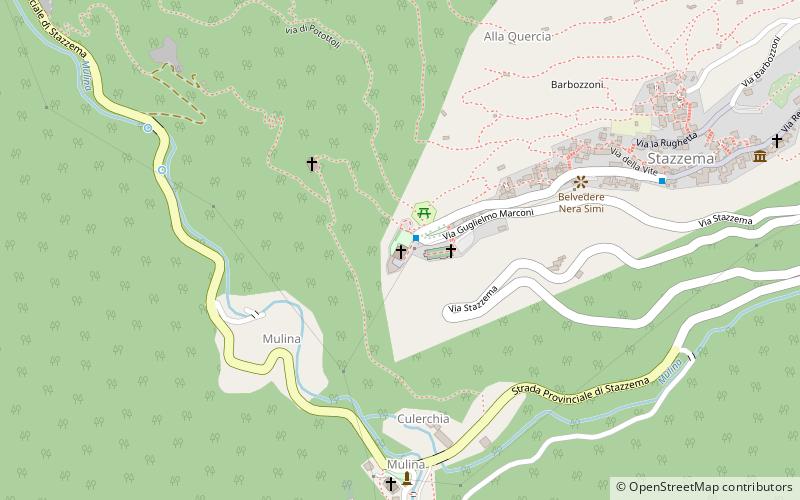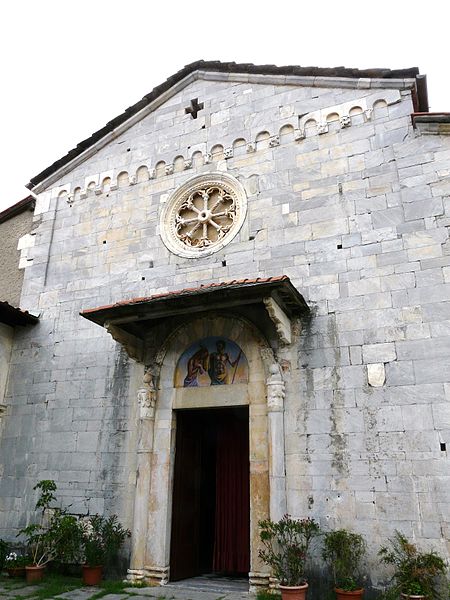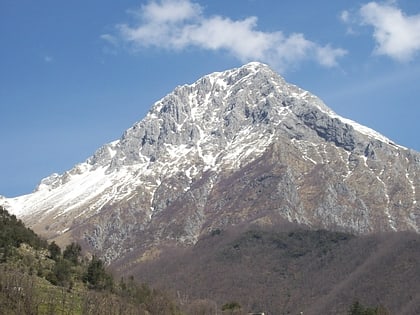Santa Maria Assunta Church, Stazzema


Facts and practical information
The church of Santa Maria Assunta is a sacred building located in Stazzema. It is one of the historic propositures in the area, along with Barga, Pietrasanta and Seravezza. It symbolizes the power of the Archdiocese of Pisa in Upper Versilia.
The earliest mention of the present-day parish church, we have, in 850 A.D. originally born with a single nave, with a truss roof; which was used for construction by the Romans. The present parish church dates in its architectural forms to the 13th century. The façade, closed on the south side by a portico, is horizontally divided by small arches on corbels carved with zoomorphic motifs and opens at the top with a large rose window occluded in the 1800s to make room for the organ on the counterfacade. Above the entrance portal is a fresco by master Marcello Tommasi. The three-aisled interior, renovated in the 16th century when it received the beautiful coffered ceiling, preserves the Assumption of the Virgin, by Pietro da Talada, an eccentric painter active between Versilia and Garfagnana shortly after the mid-15th century, a predella by Zacchia il Vecchio dated 1525, and a marble St. Anthony the Abbot attributed to Niccolò Civitali. The organ placed in 1808 was built in 1787.
In addition, on the left side of the facade, under the loggia, an ancient Roman urn dating back to the first century A.D. has been walled into the wall and is the only remaining part of the Roman temple of Mercury, built around 200 B.C. With the arrival by the Romans in Versilia; this makes it the oldest cult site in the entire Versilia area.
The bell tower houses a mighty concert of 3 bells, pitched in E-flat minor. Of these, the small and large bells were cast by Giovanni Battista Bimbi of Fontanaluccia in 1857 and the half bell cast by Giuseppe and his son Giovanni Battista Bimbi of Villa Collemandina in 1830. There are also two bells of which the large one is the work of Ludovico Bimbi of Villa Collemandina and the small one recast by Lorenzo Lera of Lucca in 1949.
Stazzema
Santa Maria Assunta Church – popular in the area (distance from the attraction)
Nearby attractions include: Pania della Croce, Apuan Alps, Church of Sant'Agostino, Monte Forato.











